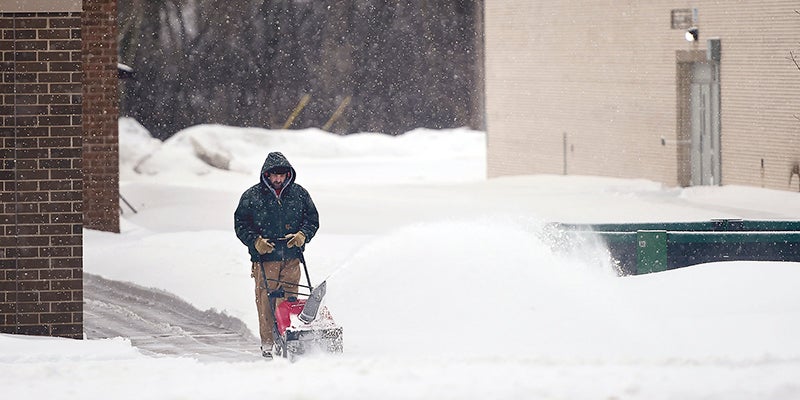County, city begin planning where to put CARES dollars
Published 7:01 am Wednesday, July 1, 2020
|
Getting your Trinity Audio player ready...
|
Mower County and the City of Austin are starting to formulate plans on how to use money distributed to them through the CARES Act.
In late June, Gov. Tim Walz and Lt. Gov. Peggy Flanagan unveiled their plan for distributing $853 million allocated to the state through the CARES Act. Of that money, $841 million has been earmarked for cities and counties in direct support of the efforts of local governments under the pressure of the COVID-19 pandemic.
The remaining 12 million will go toward food banks within the state.
Mower County has received $4.9 million while Austin has received $1.9 million.
The purpose of the funding breaks down to two key areas:
Reimbursing local units of government for expenses related to navigating the impact of the COVID-19 outbreaks
Provide economic relief to provide assistance to individuals, families and small businesses.
Earlier provisions required that counties set aside 10 percent for grants to small businesses, but when Walz used an executive order, that requirement was dropped.
However, County Administrator Trish Harren said that the county went ahead and is setting aside $500,000 for those grants, which equates to the original 10 percent required.
While the CARES Act has been in the works for awhile, Harren said this latest development has come together quickly.
“What will happen is we will be finalizing the details of what the application and requirements will be, who’s eligible and that kind of thing,” Harren said, referring to the business grants. “We’re still in the organization. We just got the money deposited on Tuesday and we just found that out a week ago.”
The money comes as a relief to county and city officials as the pressures of COVID-19 continue to build. It will act as a safety net that won’t allow those pressures to trickle down to taxpayers in the form of a tax levy increase.
“We’re so grateful and really do hope we can reimburse ourselves for the expenses we’ve incurred so it doesn’t trickle down for property tax payments for landowers,” Harren said.
The City of Austin is also still in the planning stage of what it will do with its allotted $1.9 million; however, currently it is working to clarify some items with the League of Minnesota Cities before they start taking the next steps.
But upfront, that money distribution could start with emergency services as they cope with COVID-19 fallout.
“The biggest area that we are looking at as part of the guidance is that we can use it for police and fire,” said City Administrator Craig Clark. “If that’s the case, that would be our preference.”
At the same time, the money comes with a certain amount of pressure as counties and cities have until Dec. 1 to spend the entirety of the money. That comes with the added pressure of knowing this is it.
“This is all the money we will get so that’s why we have to plan for however long this pandemic will go,” Harren said. “We need to make sure we are purchasing and preparing for any costs we anticipate.”
That thinking will adhere to current and past expenses, but Harren is also thinking even further down the line.
“We have been tracking all of our expenses and prioritizing those things that are needed and whatever expenses there will be when we get to the point of mass immunizations so when mass vaccinations come out for COVID-19 we want to have the equipment and materials we need for mass dispersal.”
The other part is the current deficit the state has been saddled with because of the pandemic.
The wild swing from budget surplus to deficit could have an impact on Local Government Aid and that will have to be something that cities plan for as well.
“There is currently a $4 billion deficit so we have to be particularly sensitive to that and what that might mean for LGA for the future,” Clark said. “It’s still an uncertain future and dealing with city finances, small changes one way or the other can change the whole financial picture.”





